Galinsky, V.L., Frank, L.R. Sci Rep 13, 4,343 (2023). https://doi.org/10.1038/s41598-023-31365-6
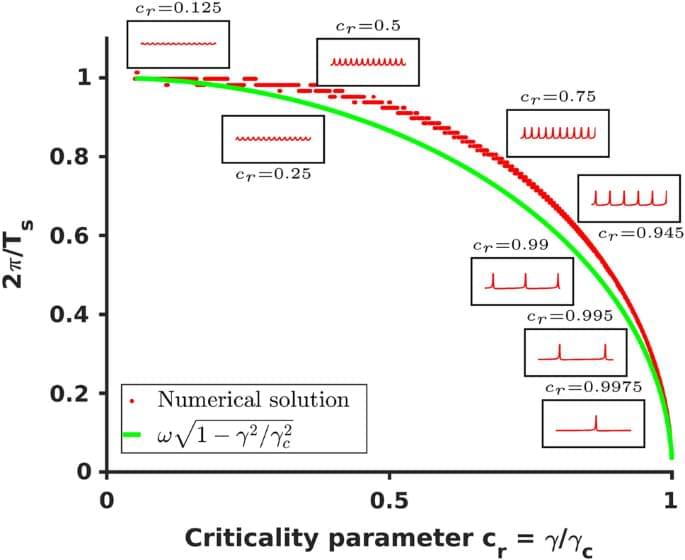

Galinsky, V.L., Frank, L.R. Sci Rep 13, 4,343 (2023). https://doi.org/10.1038/s41598-023-31365-6
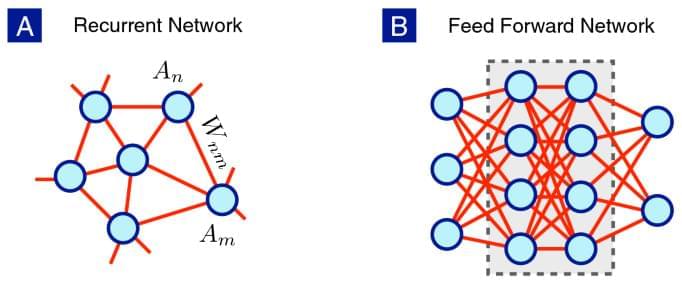
Scientific Reports volume 12, Article number: 17,629 (2022) Cite this article.
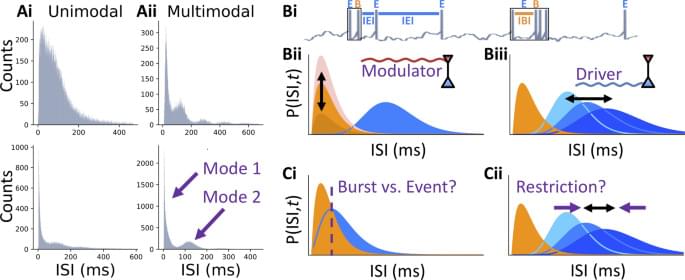
Scientific Reports volume 11, Article number: 15,910 (2021) Cite this article.
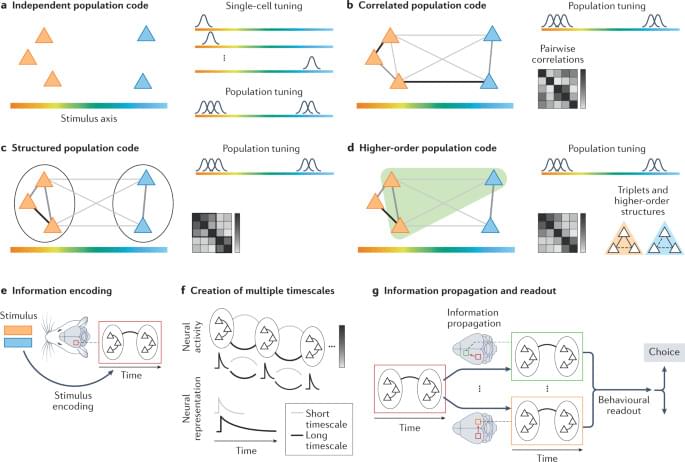
In this Review, Panzeri, Moroni, Safaai and Harvey explain how the levels and structures of correlations among the activity of neurons in a population shape information encoding, transmission and readout, and describe how future research could determine how the structures of correlations are optimized.
An exploration of the idea of anti-dark matter and quasi stars and other objects that cannot exist in the universe right now, but may in the future and may have in the past.
My Patreon Page:
/ johnmichaelgodier.
My Event Horizon Channel:
/ eventhorizonshow.
Music:
Have you ever wondered if our universe is more mysterious than we could ever imagine? Some scientists believe that we might be living inside a black hole! This mind-bending idea challenges everything we know about space, time, and the very fabric of reality. Join us as we dive deep into the groundbreaking theories and explore the evidence suggesting that our universe could be the interior of a massive black hole. Learn about the fascinating connection between black holes and the Big Bang, the nature of singularities, and the surprising ways in which physics supports this extraordinary concept. Could the secret to understanding our universe lie within these cosmic giants? Watch now to find out!
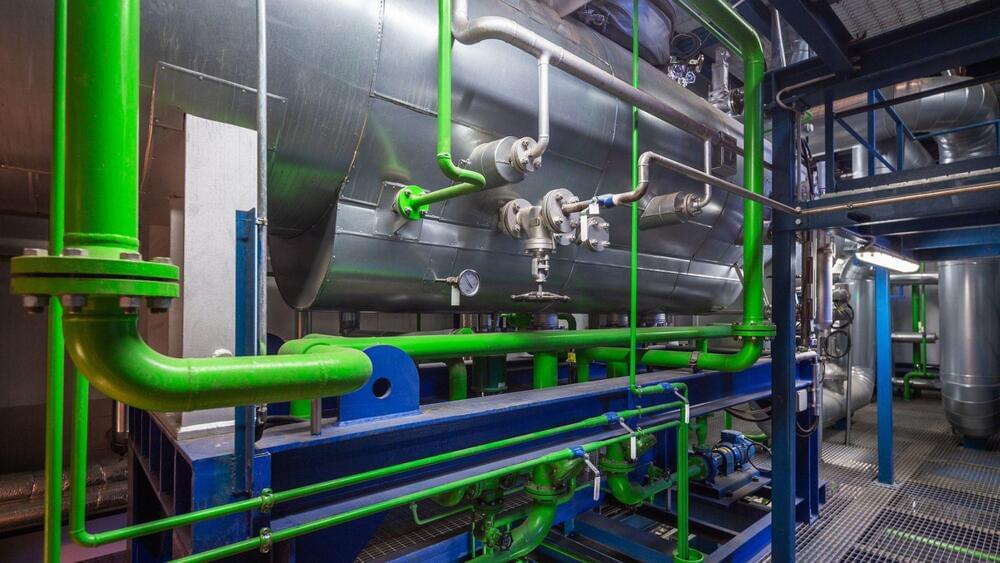

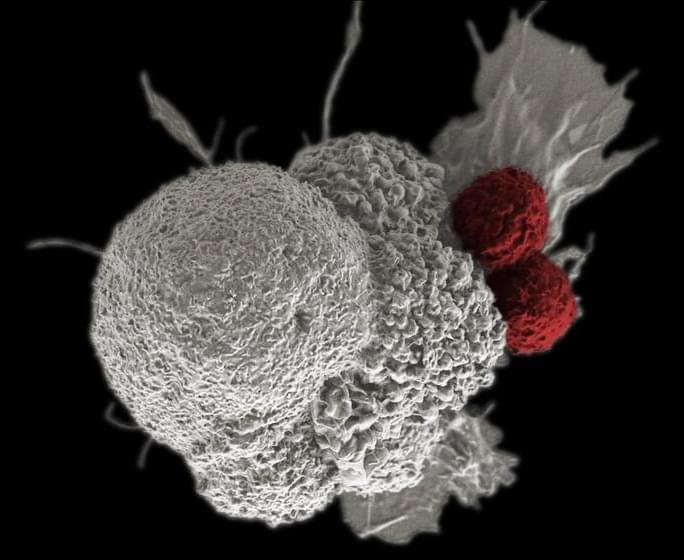
Even with these upgrades and alternatives, a tumor’s protective shield is still difficult to penetrate. This month, a team from Asgard Therapeutics and Lund University took a clever new approach to tackle tumors from within. The work was.
Using a technology called cellular reprogramming, the team transformed tumor cells in mice into a type of immune cell called cDC1 cells. These cells are master regulators of the immune system. They’re rare inside tumors but when present can trigger powerful immune responses that eat away at the cancer’s protective shield and recruit T cells to the target.
Mice treated with the gene therapy remained cancer-free for at least 100 days and resisted cancer resurgence in a lab test.
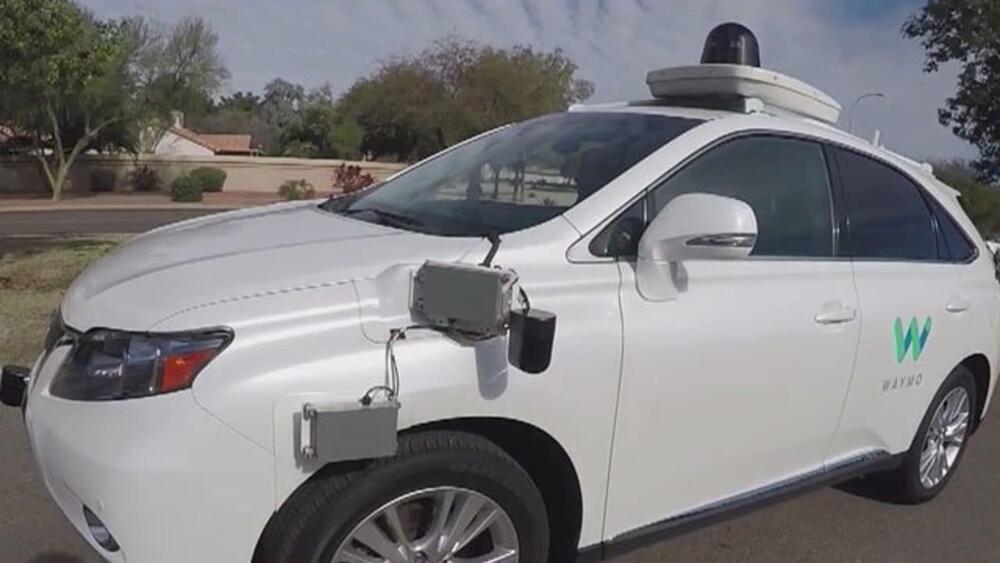
“There are a bunch of stalls on campus where I go swing dancing. I guess those were the cruise ones,” says Dieck.
Last year, the self-driving car service Cruise suspended its fleet of nearly 1,000 cars nationwide following a hit-and-run crash, drawing concern about the partnership between Uber and Waymo, another robotaxi company.
“That might be one reason why I have never taken Waymo I would rather get in the car with someone who can maneuver, and you can see the rating that they have,” says Chester.